Nancy and I love travelling to Japan, and the big wish list items this time around included eating lots of tasty food and sightseeing. On this trip, we made more of an effort to try more sweets and street food, as well as a greater variety of ramen.
In Shin-Yokohama, a quick train ride away from Tokyo, there's a ramen museum theme park where one can try many kinds of ramen. We miraculously made it through almost 3 bowls there.
We also had a chance to meet up with friends and go on a hike.
We spent 5 days there, enjoying the gardens and Kanazawa Castle. The "Higashi Chaya" district had a bunch of sweet shops and sake breweries. For me, a highlight was visiting the phonograph museum, where I heard an old recording of Japanese violinist, Nejiko Suwa.
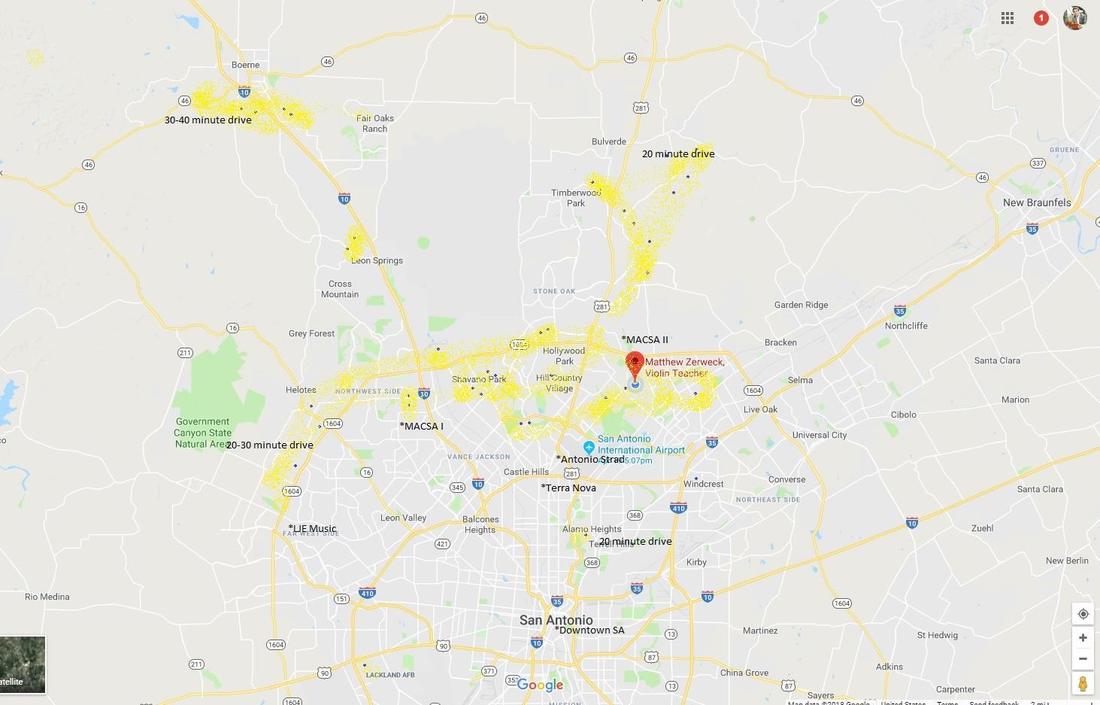
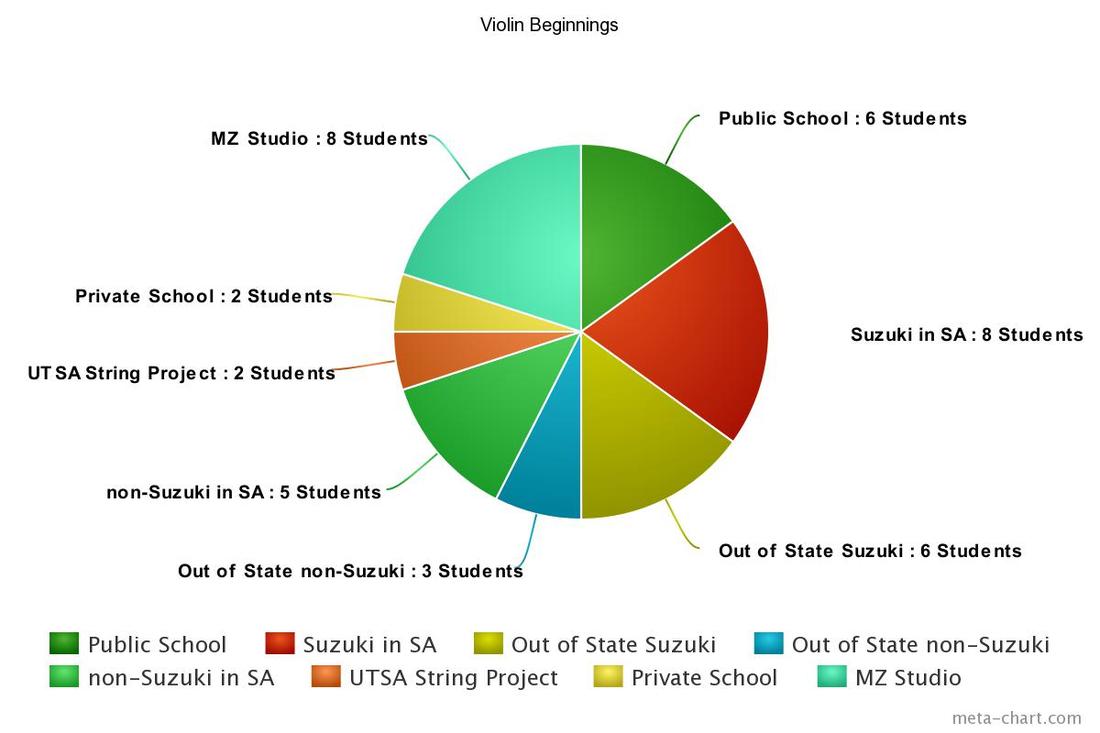
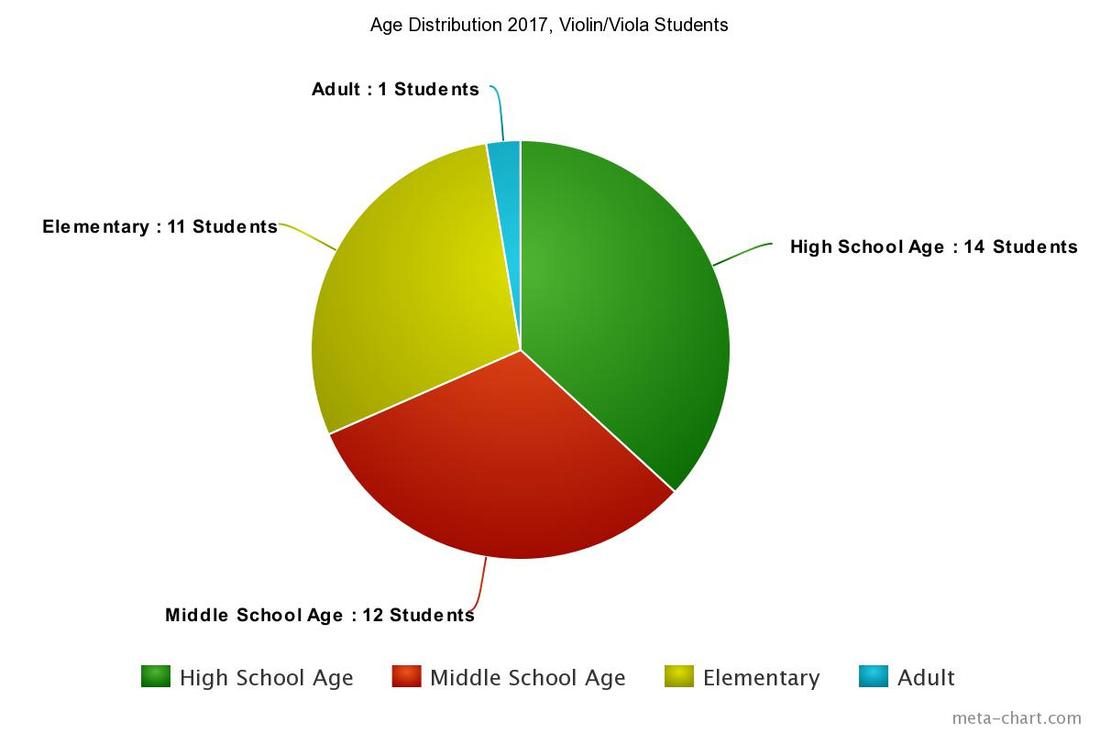
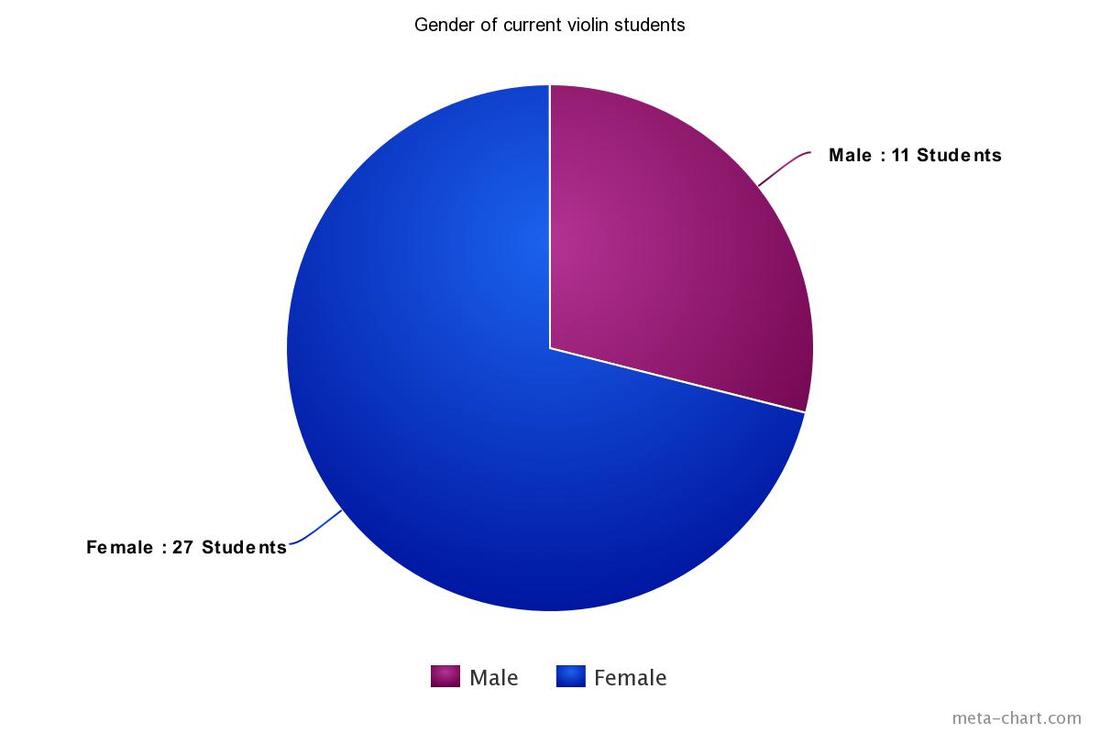
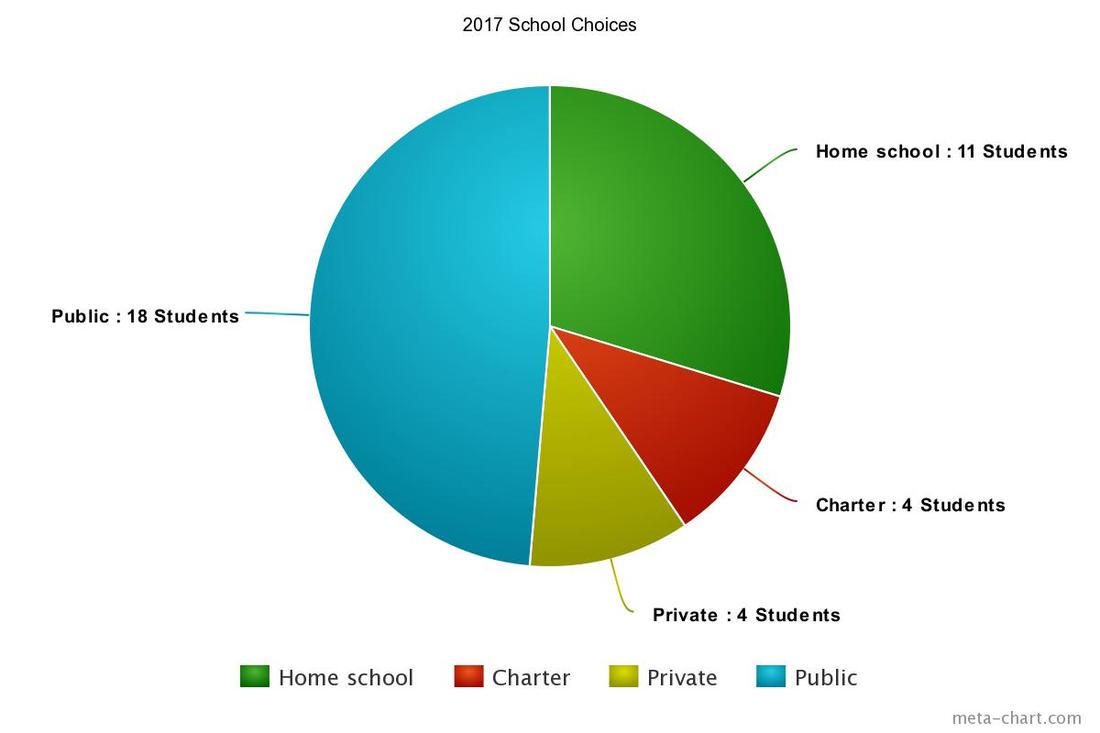
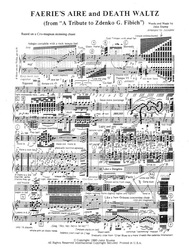
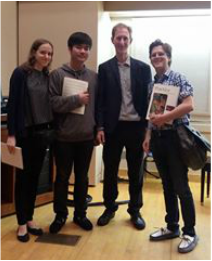
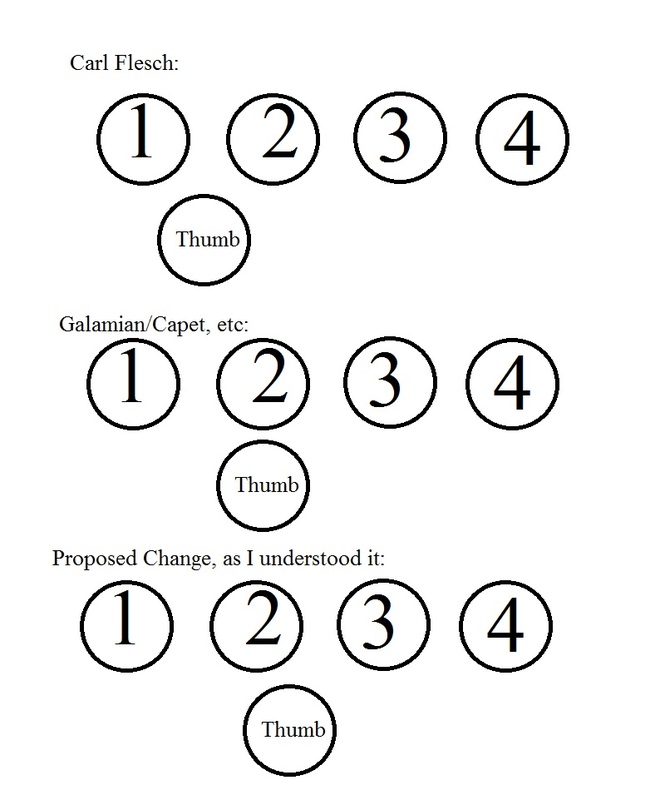
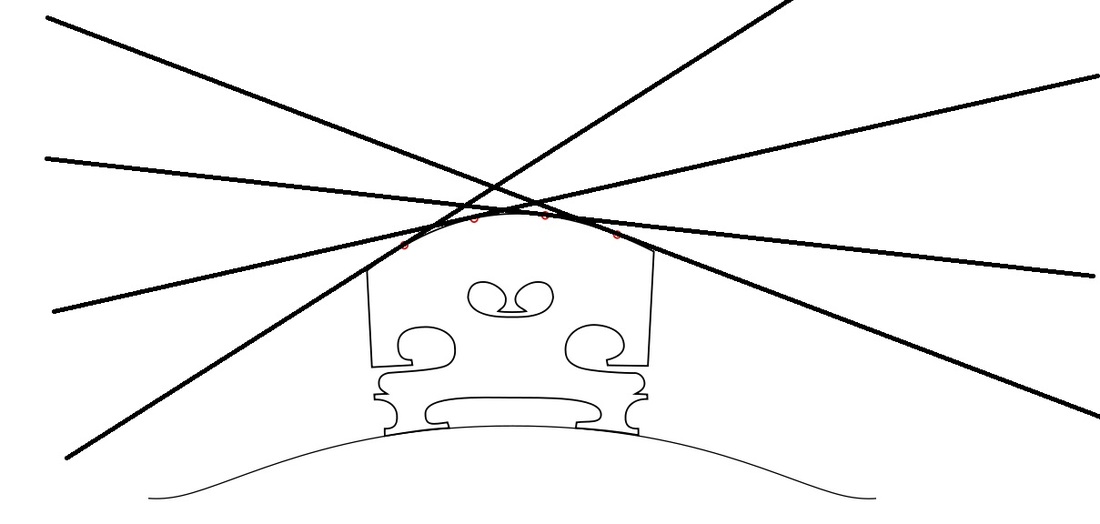
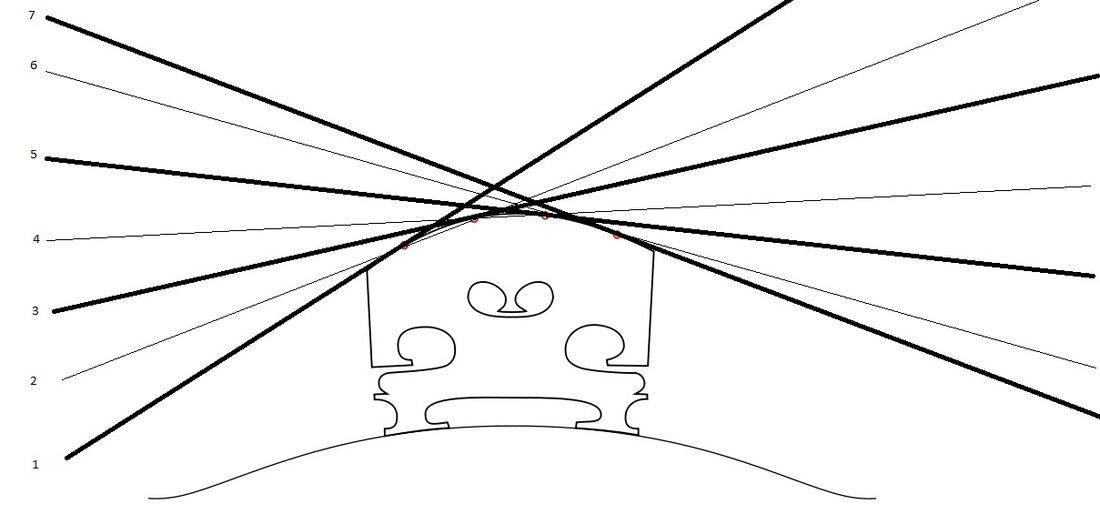
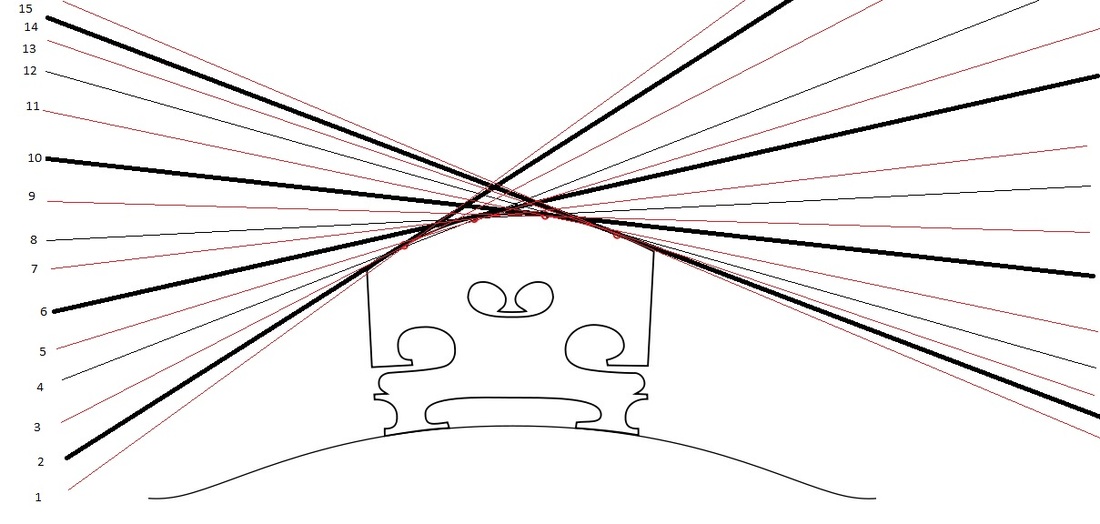

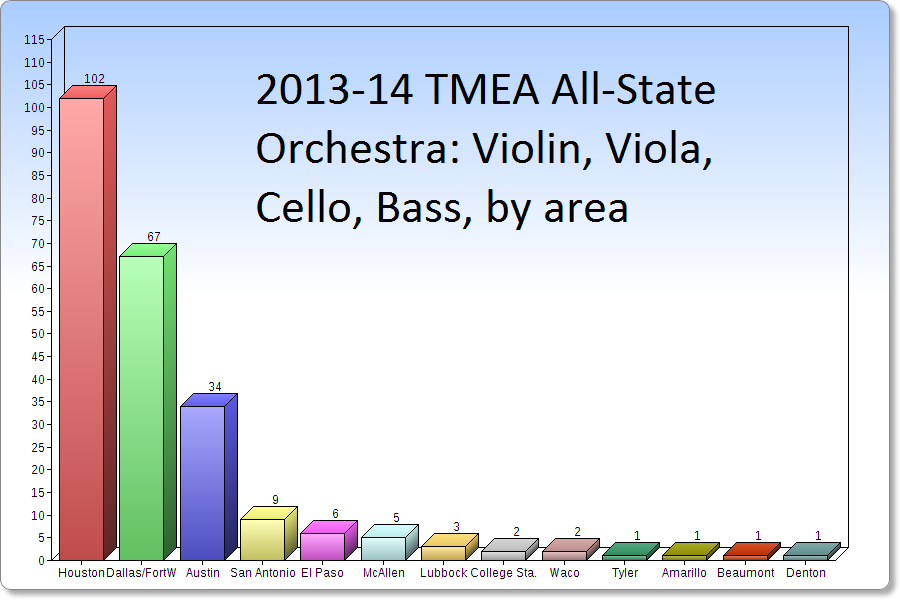

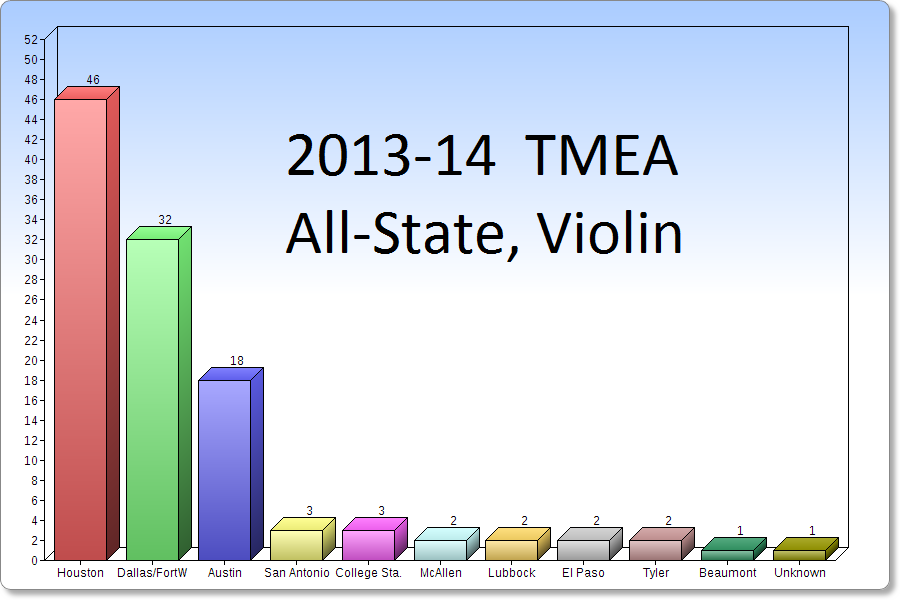
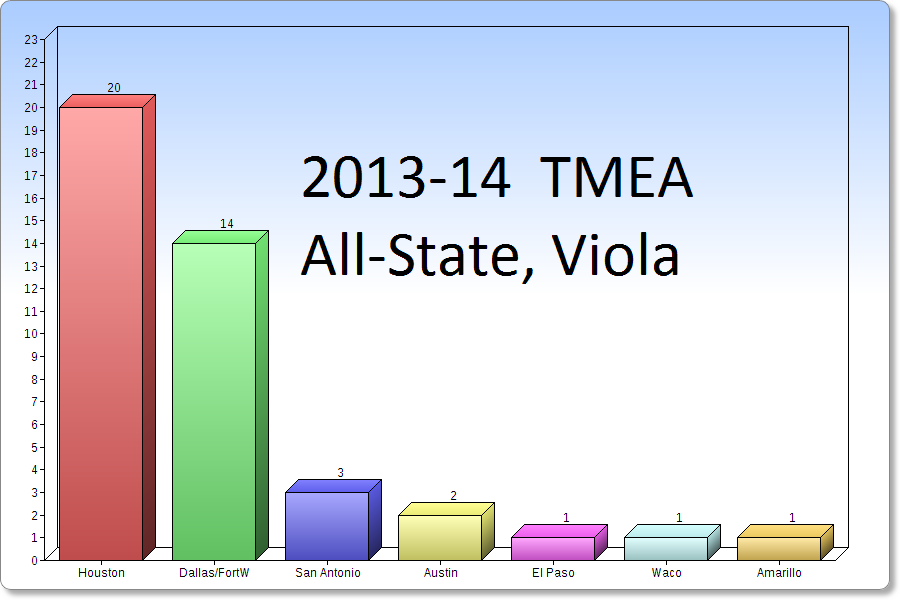
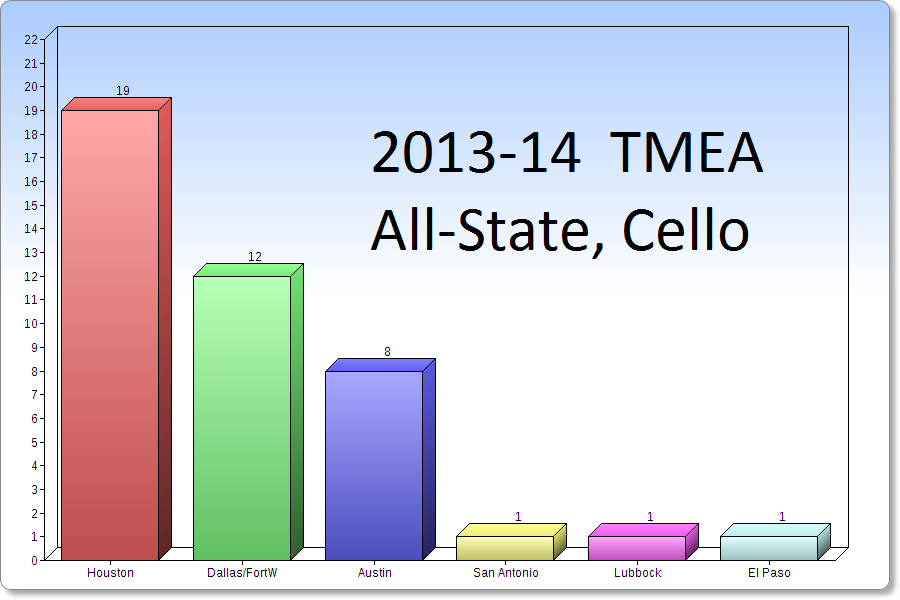
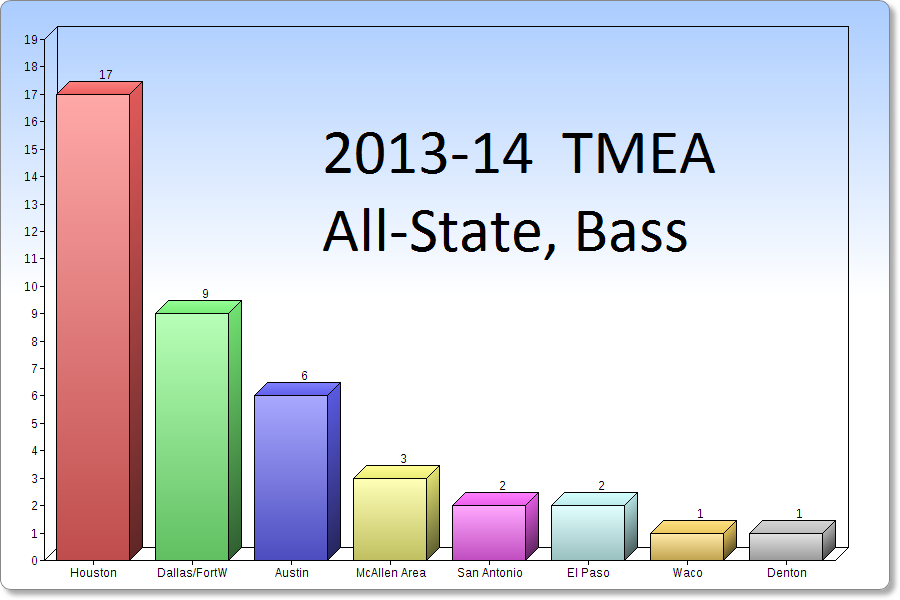
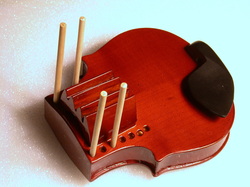
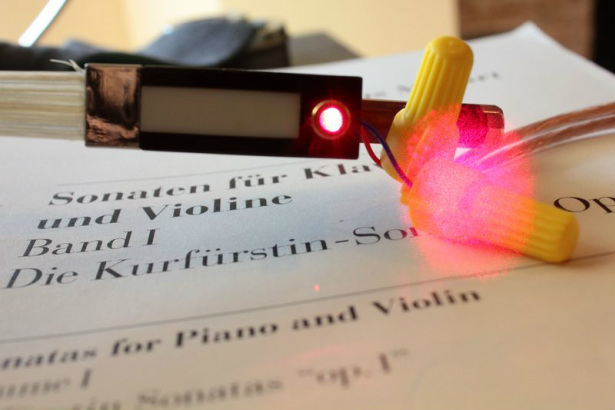
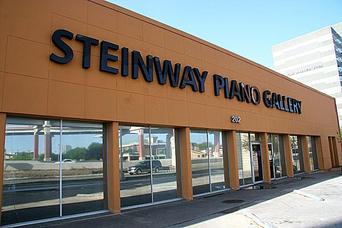
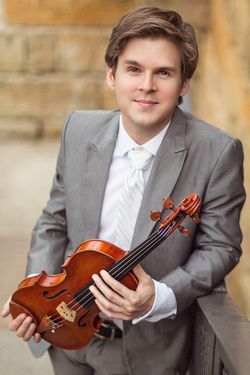
 RSS Feed
RSS Feed